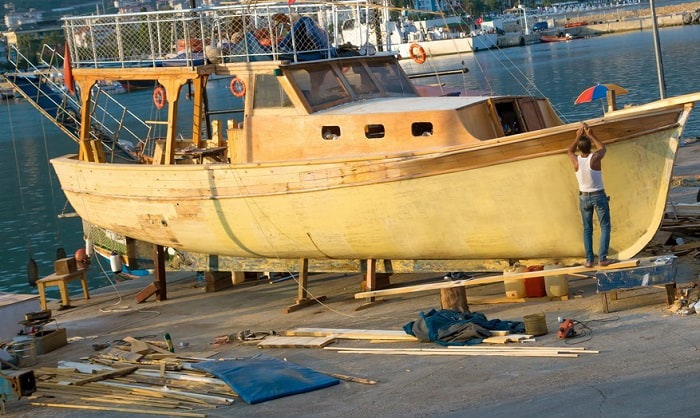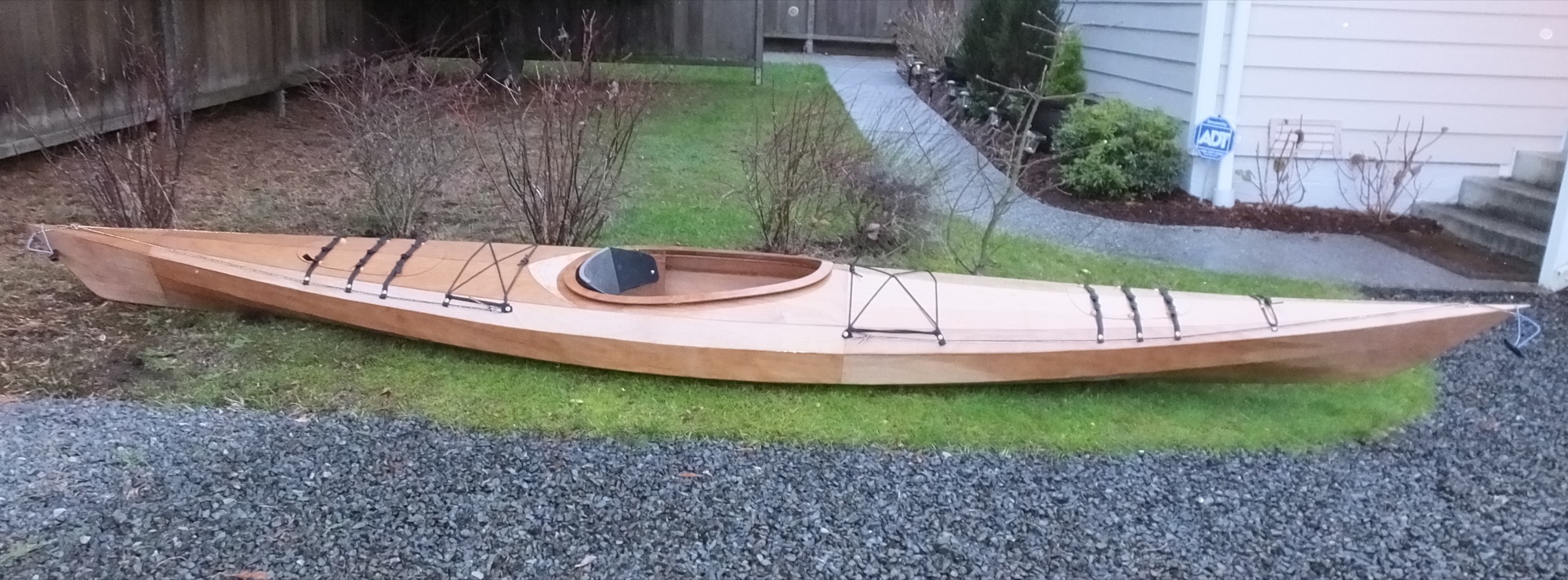Building a Durable and Lightweight Aluminum Boat for Hunting
Hey there, fellow hunters! Tired of your clunky old boat dragging you down in the marsh? Ever dreamed of gliding across the water with a lightweight, durable, and stealthy craft? You're in the right place. Today, we're diving into the world of aluminum boat construction. We'll break down the process from choosing the right materials to building a truly top-notch hunting vessel. So grab your tools, put on your thinking cap, and let's get started!
Choosing the Right Materials: The Foundation of Success
First things first, we need to talk about the backbone of your boat: the aluminum. Aluminum's lightweight yet durable nature makes it an ideal choice for hunting boats. But remember, not all aluminum is created equal. Here's what you need to know:
Types of Aluminum
There are a few key types of aluminum you'll encounter. We'll focus on two that are perfect for our hunting boat project:
5052 Aluminum: This is the workhorse of the aluminum world. It's known for its strength, corrosion resistance, and weldability. This makes it ideal for the hull and frame of your boat, ensuring it can handle the rigors of hunting and the elements. 6061 Aluminum: This is the "high-performance" aluminum. It's even stronger than 5052 and holds its shape well under stress. We'll use it for areas where strength is paramount, like the transom where your motor will be mounted. You can find both of these alloys in sheets, strips, and even pre-fabricated panels. Shop around to find the best deal for your specific needs.
Thickness and Gauge
The thickness of the aluminum, measured in gauge, is crucial. A thicker gauge means a stronger, more durable boat, but it also adds weight. Here's a general guide for our hunting boat:
Hull: 16-gauge for good balance between strength and weight. Frame: 14-gauge for added rigidity and structural support. You can opt for 16-gauge if you're looking for a lighter option. Transom: 12-gauge to withstand the powerful forces of your motor. Remember, these are just guidelines. You might need to adjust the gauges based on the size and design of your boat, as well as the conditions you'll be hunting in.
Design and Planning: Laying Out Your Boat
Before we start cutting and welding, we need a solid plan. Think about the following:
Length: How much space do you need? Consider the size of your hunting gear, the number of people you'll be carrying, and the types of waters you'll be navigating. Width: A wider beam offers more stability, but it might affect maneuverability in tight spaces. Depth: This depends on your hunting style. A shallower draft is good for navigating shallow waters, but a deeper draft can be more stable in rough conditions. Hull Design: There are many hull designs, each offering different characteristics. Consider the style that best suits your needs. Features: Think about essential features for your hunting boat: seating, storage compartments, casting decks, and more. Once you have a basic design in mind, sketch it out on paper or using a CAD program. This will help you visualize the final product and identify any potential issues early on.
Building the Framework: The Bones of Your Boat
Now it's time to bring your design to life. We'll start with the framework, which will provide the boat's structural integrity. Here's a typical approach:
Cutting and Bending the Aluminum
With your design finalized, you can begin cutting your aluminum sheets and strips to the required sizes using a metal shears or a plasma cutter. For more intricate shapes, a bending brake or a hydraulic press will be invaluable. Don't worry about getting it perfect right away. You can always make minor adjustments as you go.
Creating the Ribs
The ribs are the backbone of your boat. They provide the vertical support and shape to the hull. They're typically made from bent aluminum strips and spaced evenly along the length of the boat. Secure them to the transom and the bow, and then attach the stringers.
Stringers and Transom
Stringers run lengthwise along the bottom of the boat, providing longitudinal strength. They connect the ribs and help distribute the weight of the boat evenly. The transom is a critical component at the rear of the boat where the motor will be mounted. It needs to be strong and rigid.
Skinning the Boat: Creating the Hull
The framework is ready, so now we'll skin the boat. This involves attaching the aluminum sheets to the ribs and stringers to create the watertight hull. Here's how it works:
Aluminum Joining Methods
There are several ways to join aluminum, but we'll focus on the most common methods for boat building:
Welding: This is the strongest and most durable method. It requires a welding machine and a bit of skill, but the results are worth it. You'll be using MIG welding, which is a great option for aluminum. Riveting: This is a simpler method that involves drilling holes in the aluminum and using rivets to secure the panels together. It's less strong than welding, but it's suitable for certain applications, especially for the bottom of the boat. Adhesive Bonding: This is a modern approach that utilizes strong epoxy adhesives to join the aluminum panels. It's a good option for smaller boats or for specific areas where welding or riveting is challenging. Choose the method that best suits your skills and equipment. Remember to follow safety precautions when working with aluminum.
Securing the Skin
Once you've decided on your joining method, you can start attaching the aluminum sheets to the framework. Carefully align the sheets and secure them using your chosen method. Remember to leave room for any ribs or stringers that need to be incorporated. Use jigs to ensure accurate alignment. Take your time to ensure every piece is securely joined.
Finishing Touches: Making Your Boat Hunt-Ready
With the hull complete, it's time to add those finishing touches that will make your boat truly yours and ready for hunting.
Deck and Seating
First, decide on the layout of your deck and seating. You can use more aluminum, wood, or a combination of materials. A simple plywood deck covered with aluminum can be very effective and durable. Use marine-grade plywood for longer life, as it's resistant to moisture. Secure the deck to the frame using screws or rivets. Install seats, ensuring they are comfortable and secure, and consider adding built-in storage compartments.
Paint and Coating
For a durable finish and to make your boat more appealing, apply a high-quality marine paint. Before painting, clean the surface thoroughly and use a primer specifically designed for aluminum. Choose a color that will blend with the environment you'll be hunting in for maximum stealth.
Hardware and Accessories
Install any hardware and accessories like a motor mount, fishing rod holders, and a livewell. Make sure everything is securely attached and in the right place. Consider adding a GPS unit, a fishfinder, and a trolling motor for added functionality.
Testing and Refinement
Before taking your new boat out on the water, it's essential to test it out first. Start in a controlled environment and gradually increase the speed and load to check for any leaks or structural issues. Make any necessary adjustments and refinements. And always wear a life jacket!
Commonly Asked Questions
We understand there are lots of questions about building an aluminum boat. Here are a few common ones, along with answers:
How much does it cost to build an aluminum boat?
The cost varies depending on the size, materials, and features of the boat. You can expect to spend a few hundred dollars on basic materials and equipment to thousands for a more elaborate build.
Do I need welding experience to build an aluminum boat?
While welding is a great option for durability, it's not absolutely necessary. You can opt for riveting or adhesive bonding, but remember, these methods may offer less strength. Consider taking a welding class if you're interested in learning the skill.
Can I build an aluminum boat myself?
Yes, you absolutely can! It takes time, effort, and some skills, but it's a rewarding experience. Start with a simple design and gradually work your way up to more complex builds. Don't be afraid to ask for help from experienced boat builders.
And there you have it! Building your own aluminum hunting boat is a fantastic project that combines skills, creativity, and a touch of adventure. Remember, safety and careful planning are key. Have fun and good luck with your build!
























